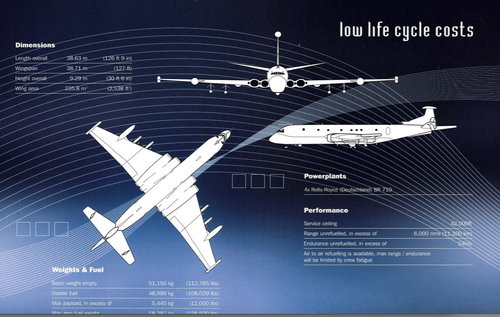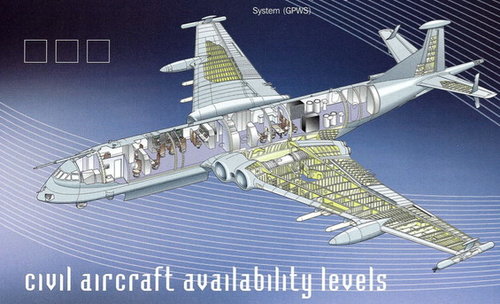PA1 wing center section was fitted to Fuselage on a (Thursday, I think) afternoon/evening overrunning it’s original allocated time by about six hours due to problems with tool access to the forward/aft tie rods pins. It’s absurd to claim you could see this moment in a photo. Equally it’s absurd to claim that a six hour build time overrun was responsible for a ten year delay. Please consider:- (not so) Smart Procurement, Unrealistic initial assumption of cost/as to where the engineers were coming from, leading to a slow ramp up in manpower, poor decision making during delays, leading to missed timing of production capacity, hence an inability to get parts to the assembly line, when built the flight test finding of an aileron control circuit that was too heavy leading to it being designed/made/qualified/flown two further times <each of these cycles taking about 18 months >and finally the referencing of the refuelling safety case to MR2 experience. = ten years of delay
(note also many of those involved knew that when this project was delivered they were redundant)
So many people have repeatedly claimed such nonsense about various aspects of the project it’s now very difficult for people to see truth.



